Nineteenth Century
Savage Catfight
Can I say it before any other WUvie does? That boyfriend must have been some cocksman!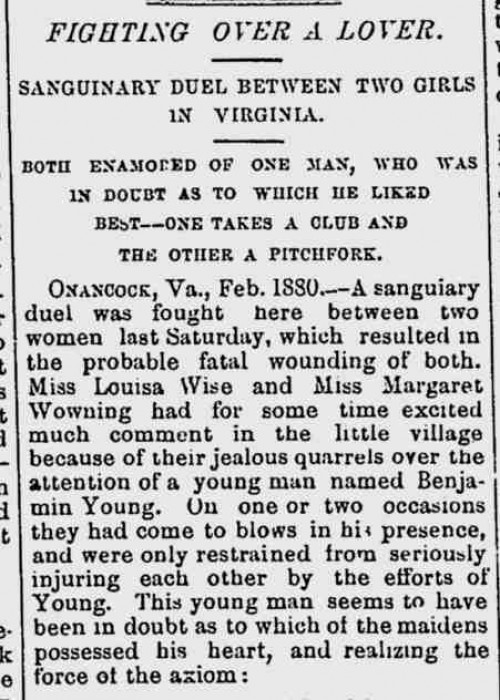
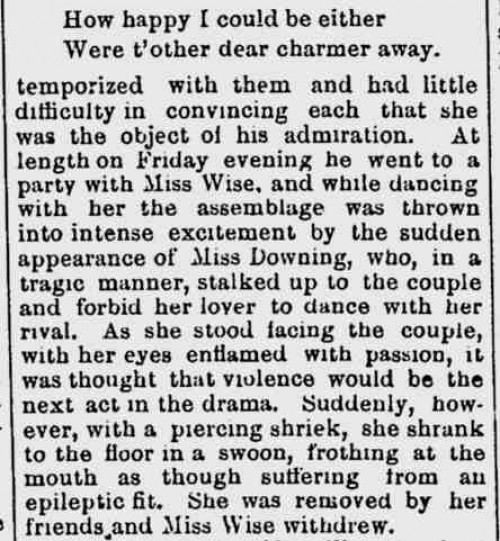
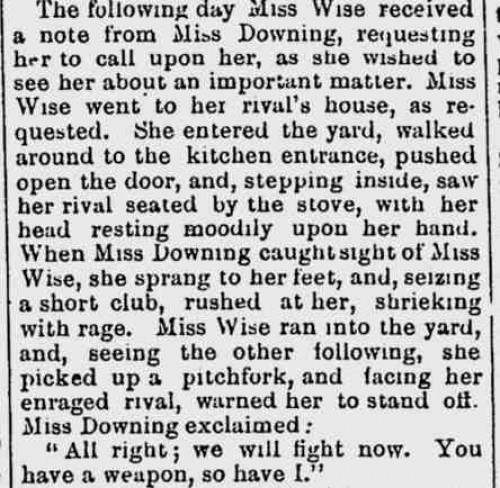
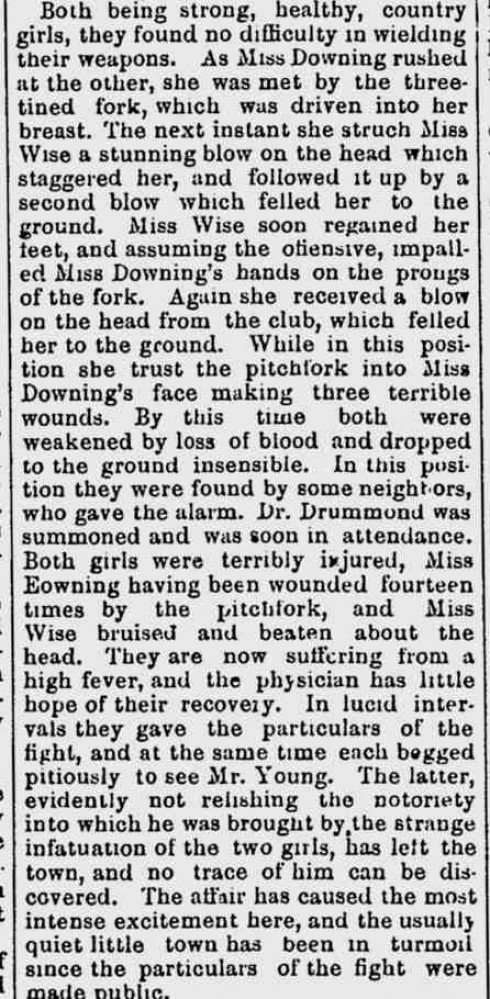
Original article here.
Posted By: Paul - Fri Sep 11, 2015 -
Comments (5)
Category: Death, Women, Nineteenth Century, Love & Romance
Follies of the Madmen #259
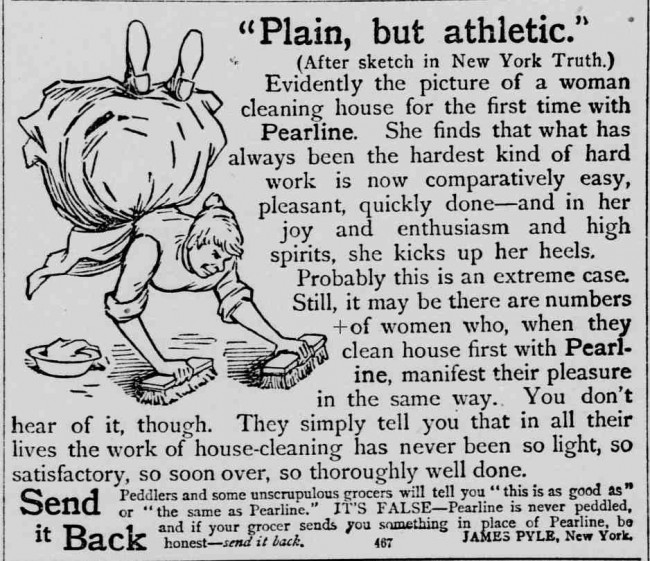
Original ad here.
Posted By: Paul - Mon Sep 07, 2015 -
Comments (2)
Category: Business, Advertising, Products, Domestic, Nineteenth Century
A Whole Sheep in a Can

In 1948, the Continental Can Company ran a series of magazine ads presenting "uncanny" facts about the history of canning. One of these facts was the great technological achievement from 1852 of packing an entire sheep into a huge can.
The ad didn't bother to say who exactly did this, but after a bit of googling I figured out that it was the French inventor Raymond Chevallier-Appert (1801-1892). Before Chevallier-Appert, canned food kept spoiling. He figured out that it needed to be cooked at higher temperatures. Here's the rest of the story from the Stravaganza blog:
Posted By: Alex - Fri Jul 17, 2015 -
Comments (4)
Category: Animals, Food, Technology, Nineteenth Century
The Plot to Steal Abe Lincoln’s Corpse
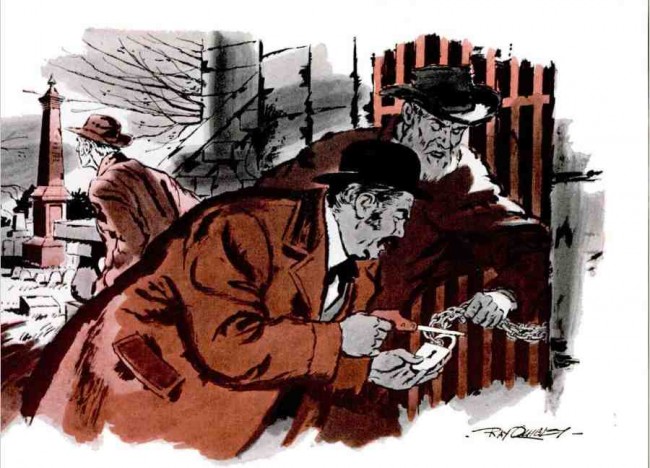
Once upon a time, some crooks thought it would be a good idea to rob the grave of Abe Lincoln and hold the corpse for ransom.
One account here.
More detailed account here.
Posted By: Paul - Fri Jul 03, 2015 -
Comments (1)
Category: Death, Politics, Stupid Criminals, Nineteenth Century
Insane Happiness
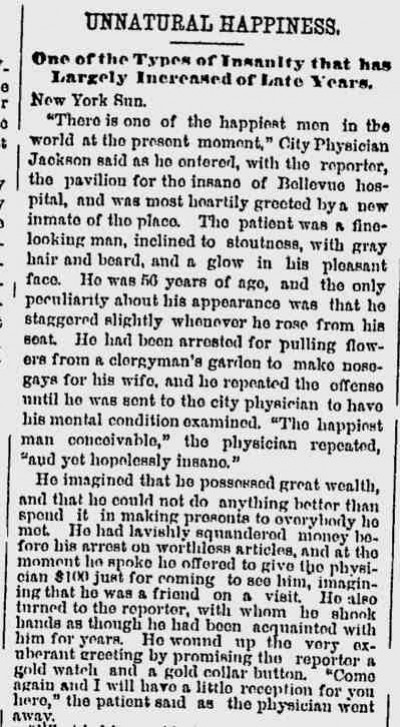
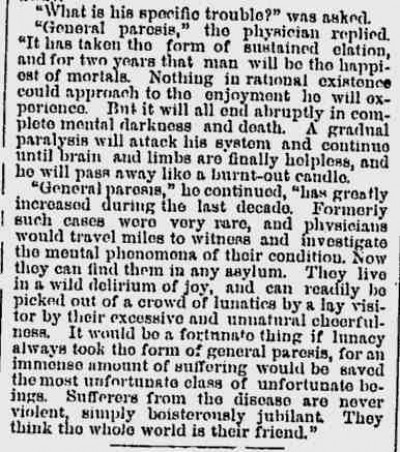
Why do we never hear about such jolly madmen these days? Probably because we don't let people die from syphilis anymore.
Original article here.
Posted By: Paul - Thu Jun 18, 2015 -
Comments (4)
Category: Sexuality, Nineteenth Century, Brain Damage
Montreal Madness of 1892
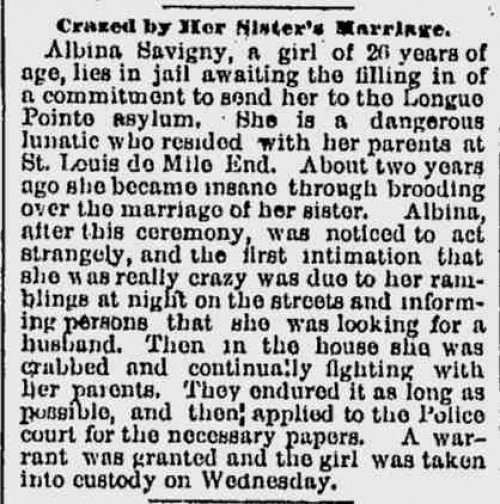
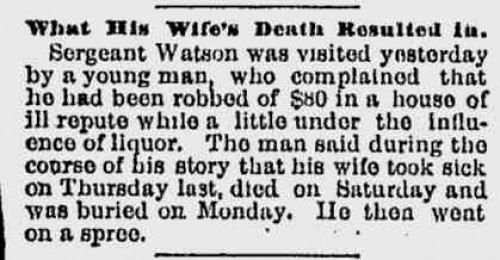
People acted weird in familiar NOTW fashion even over a century ago, as this Montreal newspaper reveals.
Posted By: Paul - Fri May 01, 2015 -
Comments (5)
Category: Emotions, Newspapers, Husbands, Wives, Nineteenth Century, Mental Health and Insanity
Seaweed Collecting

Back in the Victorian era, this was apparently a popular hobby. From Collectors Weekly:
And yes, the seaweed did smell bad. But Collectors Weekly reminds us that the Victorian era was "a more pungent time."
Posted By: Alex - Sat Apr 18, 2015 -
Comments (6)
Category: Hobbies and DIY, Nineteenth Century
Town terrorized by mad cats
This sounds like it could have been the start of a horror movie. The feline version of The Birds perhaps.
Source: San Francisco Call - May 26, 1890. via WSIHN
Posted By: Alex - Sun Apr 05, 2015 -
Comments (3)
Category: Animals, Cats, Nineteenth Century
Bile Beans
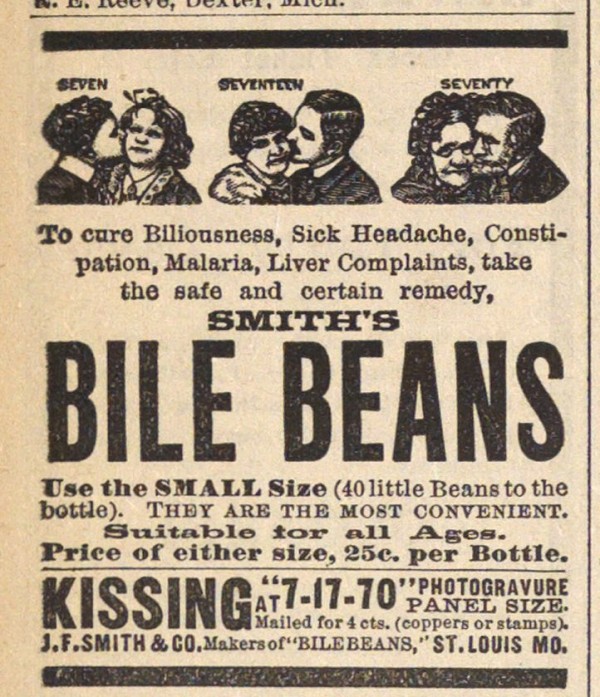
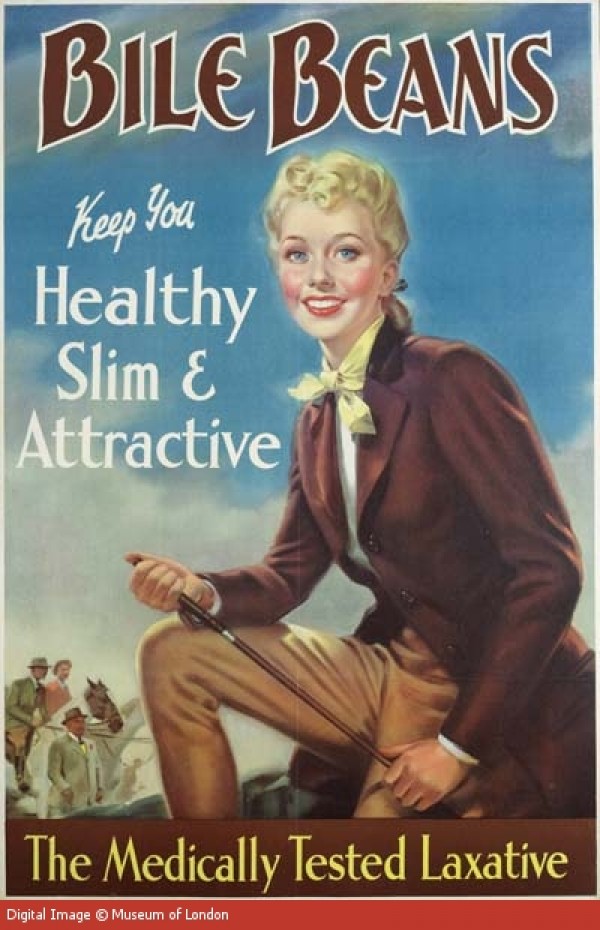
One of the less-alluringly named nostrums. Full story here.
Posted By: Paul - Sat Feb 28, 2015 -
Comments (4)
Category: Drugs, Scams, Cons, Rip-offs, and General Larceny, Advertising, Excrement, Nineteenth Century, Diseases
The Hairy Water Tortoise of China
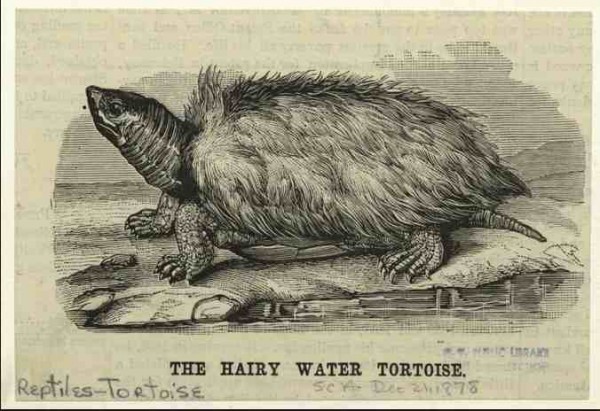
I cannot figure out if this is a legitimate species, or a freak. This article seems to imply it was a common tortoise with vegetation affixed to its back.
Posted By: Paul - Sat Feb 21, 2015 -
Comments (6)
Category: Animals, Freaks, Oddities, Quirks of Nature, Asia, Nineteenth Century

| Who We Are |
|---|
| Alex Boese Alex is the creator and curator of the Museum of Hoaxes. He's also the author of various weird, non-fiction, science-themed books such as Elephants on Acid and Psychedelic Apes. Paul Di Filippo Paul has been paid to put weird ideas into fictional form for over thirty years, in his career as a noted science fiction writer. He has recently begun blogging on many curious topics with three fellow writers at The Inferior 4+1. Contact Us |




